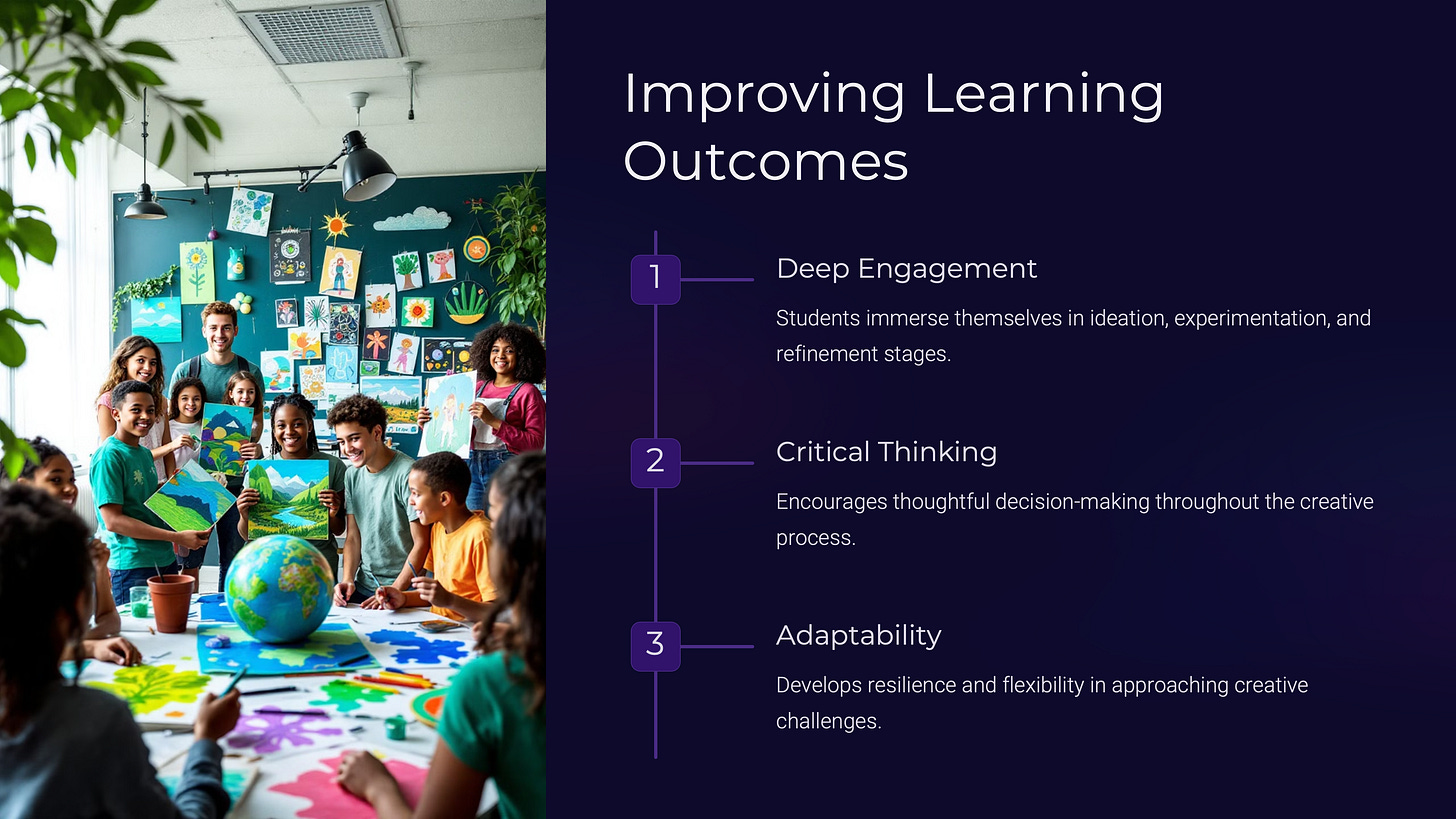Like many professionals deeply engaged with AI technology, I've found myself conducting a daily ritual of reviewing my financial accounts, paying particular attention to my growing list of AI subscriptions. The reality of our current AI landscape is that almost every service requires either a subscription or pay-as-you-go membership – an inevitable consequence of the token-based economy that powers these systems. As these costs accumulate, regular evaluation of which services truly provide value becomes essential.
But this challenge isn't just financial – it's about identifying which tools genuinely enhance our capabilities and workflow. Through extensive daily use and experimentation, I've identified several AI services that have become indispensable to my work. The following tools represent what I consider essential as of November 2024.
1. AI-assisted Writing: Claude
First among these is Anthropic's Claude, an advanced language model family that stands out for its writing capabilities. While there may be more powerful models available, Claude's consistency in producing well-crafted, readable content sets it apart. I've integrated it into virtually every aspect of my work – from email composition and blog writing to document summarization and research paper drafting. And Claude is excellent writing programming code as well. If forced to choose just one AI subscription, this would be it.
2. Red-teaming: ChatGPT
ChatGPT serves a distinct purpose in my workflow: red-teaming. Borrowing from cybersecurity practices, I use ChatGPT to critically evaluate content produced by other AI systems. This involves feeding Claude-generated text or AI-created images into ChatGPT for analysis, seeking out potential errors, inconsistencies, or problems. This approach has become crucial given the probabilistic nature of large language models, which can occasionally produce inaccurate or hallucinated content.
3. Image Generation: Leonardo and Flux
In the realm of image generation, I rely on two distinct solutions. Leonardo is my primary tool, offering an intuitive interface and consistently high-quality outputs across various image generation models. However, I have increasingly begun exploring solutions that run locally on my computer, particularly Flux from Blackforrest Labs. The added ability to train these local models on personal images opens up fascinating possibilities, such as generating images of myself in impossible scenarios.
4. Video Generation: Kling and RunwayML
Video generation technology, while still emerging, has become increasingly relevant to my work. Kling has proven most reliable for text-to-video and image-to-video generation, despite occasional quality variations. RunwayML's Act-One model complements this perfectly, particularly excelling in character animation. It represents the first solution I've encountered that truly suggests video generation's transformative potential.
5. Music Generation: Udio
In AI music generation, the choice between Suno and Udio ultimately led me to prefer Udio for two key reasons: its interface better supports an iterative creative process, and it produces higher quality audio output that's more suitable for post-processing. The ability to extend and build upon initial generations rather than relying solely on single-prompt outputs has proven invaluable for me. If you want to hear more of my AI generated music, head over to my secondary YouTube channel.
6. Slide Generation: Gamma
The most recent addition to my AI toolkit is Gamma, a service that transforms documents into polished presentation slides. Its ability to rapidly produce high-quality presentations has significantly enhanced my productivity without raising ethical concerns, as it simply provides a new format for content I've already created.
Moving Forward
This collection of tools represents my current essential AI stack, though I maintain access to numerous other services for specific needs. The rapid evolution of AI technology suggests this list will likely change significantly in the coming months. The key challenge lies not just in selecting the right tools, but in developing workflows that effectively combine their capabilities while maintaining independent critical thinking and creativity.
The future isn't about choosing between human capability and artificial intelligence; it's about finding the optimal balance where they enhance each other. Understanding when to leverage AI tools and when to rely on human judgment becomes increasingly crucial as these technologies evolve.
But I am curious. What AI tools have become essential in your workflow? How do you balance their capabilities with maintaining independent thought and creativity? Let me know in the comments.






